Top Things to See and Do in Cartagena with Kids
- April 10, 2025
- 5 Min Read
Along Colombia’s northern coast, facing the Caribbean Sea, the port city of Cartagena makes for a fantastic two-day stop before moving onto other areas of the country or elsewhere in South America. Colombia’s astounding ethnic diversity — some 90 indigenous groups and 65 languages — is well represented in Cartagena, where most locals identify as a mix of European, indigenous and African ancestry.
Keeping its history and culture in mind, immerse yourself in this rich city where the past coexists with the present in the form of a walkable, colonial-era core; expressive media such as street art and rhythmic salsa music; and, of course, the food, which draws from the country’s tropical climate as well as the innumerable communities that call it home.
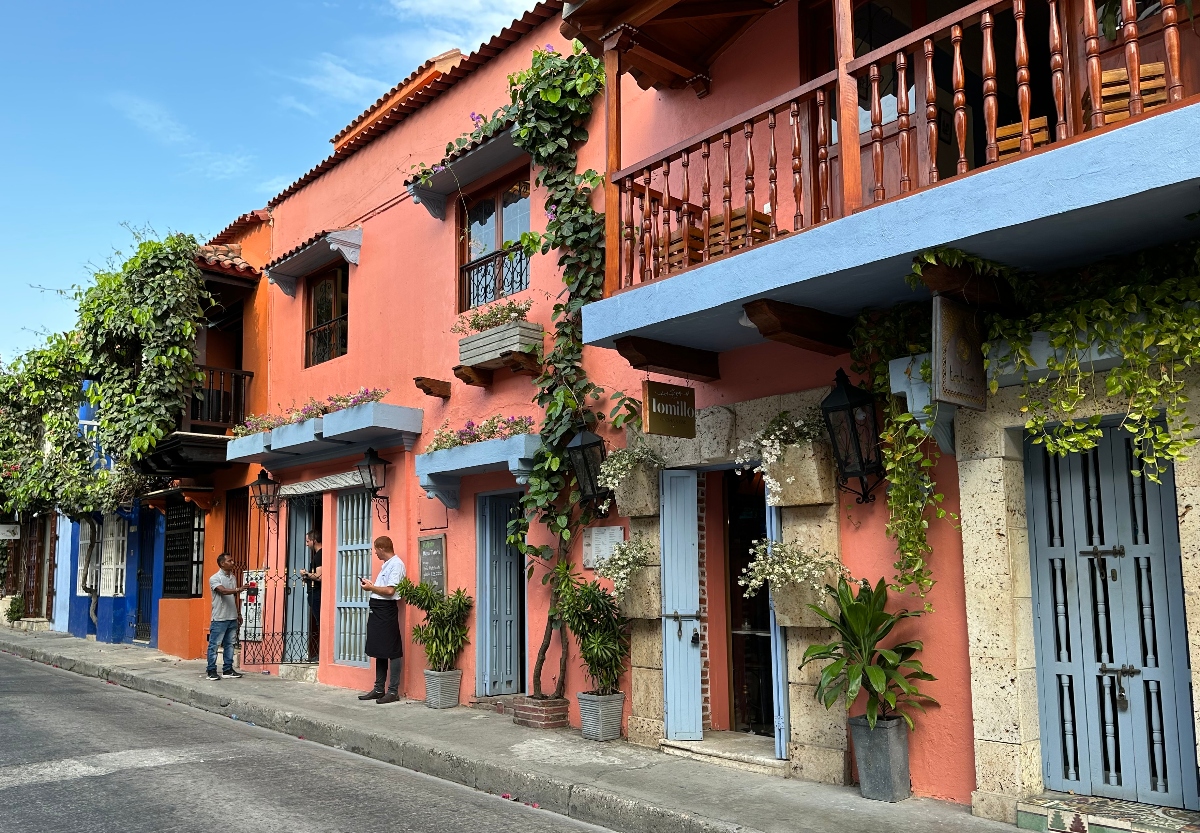
Cartagena with Kids: Best Sights and Activities
Stroll the Historic District
It’s safe to say that Cartagena’s charming, cobblestoned walled city, a UNESCO World Heritage-designated site, is what attracts most travelers to the Colombian city in the first place. Dozens of pastel-hued colonial mansions with carved doors and animal-shaped brass knockers have since been converted into hotels, cafes, bars and boutiques. Wander about churches and plazas (including Plaza de los Coches, with its clock tower, and leafy Plaza de Bolivar), gaze at bright fuchsia and orange bougainvillea pouring down from balconies and enjoy the light breeze coming off the water.
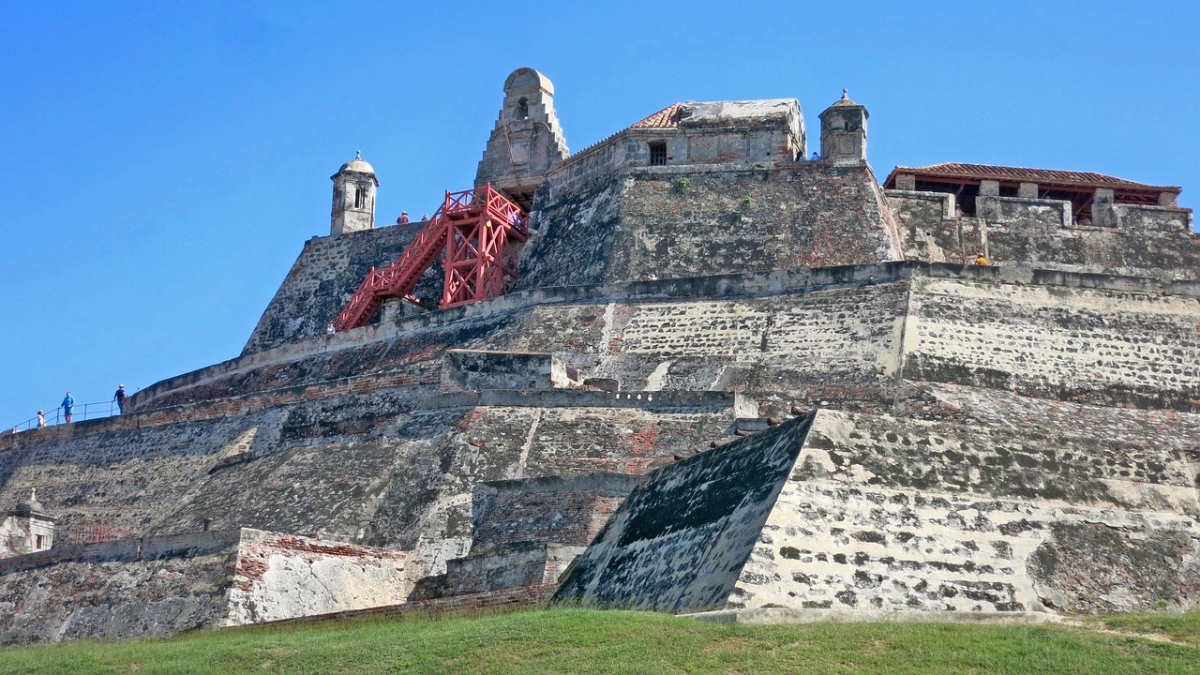
Visit a Fortress
Built by the Spanish over decades between the 16th and 17th centuries to ward off pirates and foreign navies, the massive Castillo de San Felipe de Barajas comprises a network of bunkers and tunnels, some of which you can still pass through today. Mostly, though, the hilltop fortress offers exceptional bird’s eye views of Cartagena, lending perspective to why this region was such a strategic port and why it was so heavily protected and fought over.
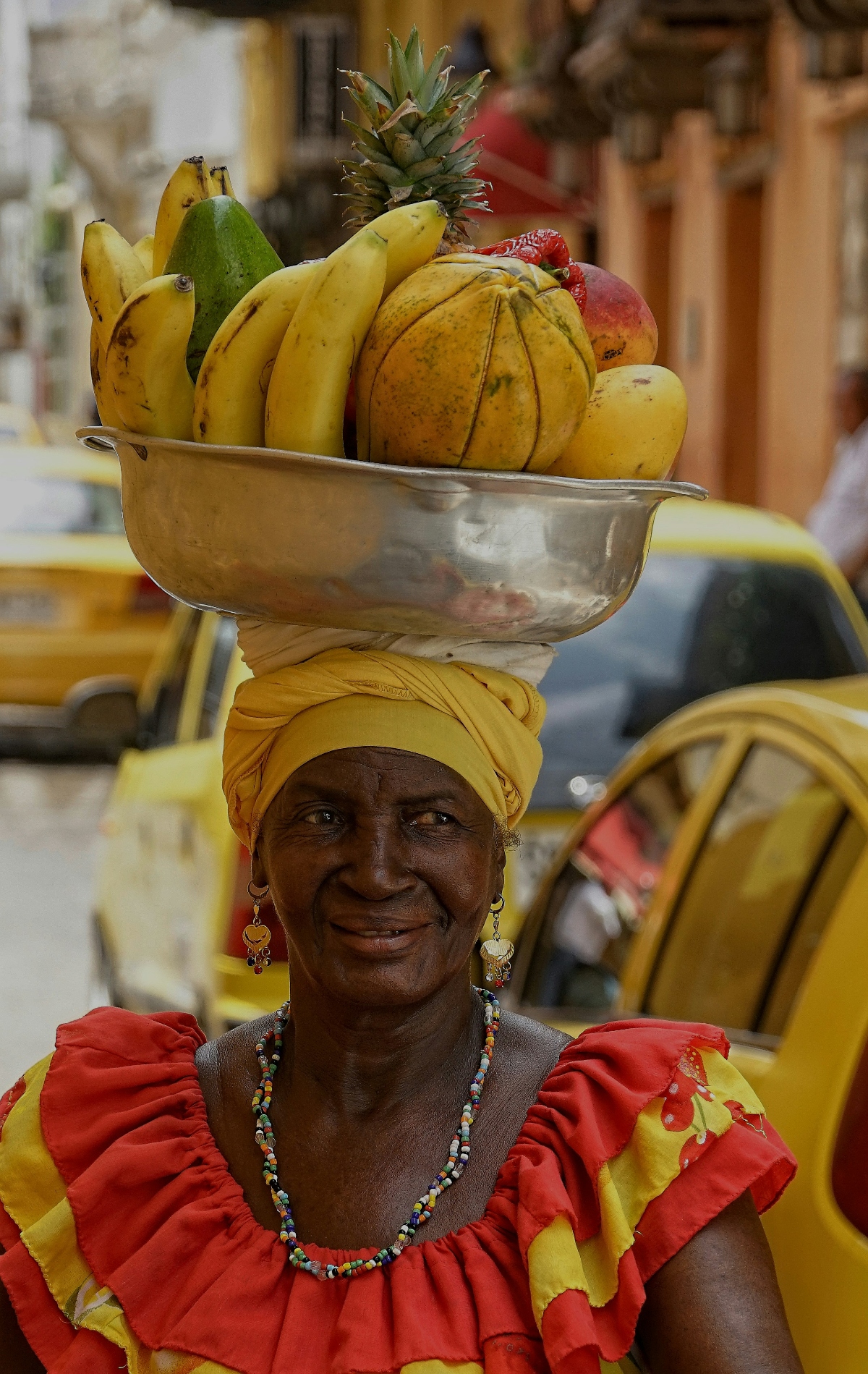
Take a Food Tour Inspired by Gabriel García Márquez
Whether or not you’ve read Love in the Time of Cholera and One Hundred Years of Solitude, this very unique literary-inspired gastronomy tour is a must. Costumed guides play audible clips of food-related passages from the Nobel Prize-winning Colombian author’s novels and then lead guests to try the very same dishes and drinks (sesame candies; patacones; coffee; tropical fruits sold by palenqueras, or fruit basket ladies). Book the two-and-a-half-hour tour through Foodies either as a private or small group experience. Ciao Bambino’s Travel Advisors can help you find and book other tours along specific themes as well.
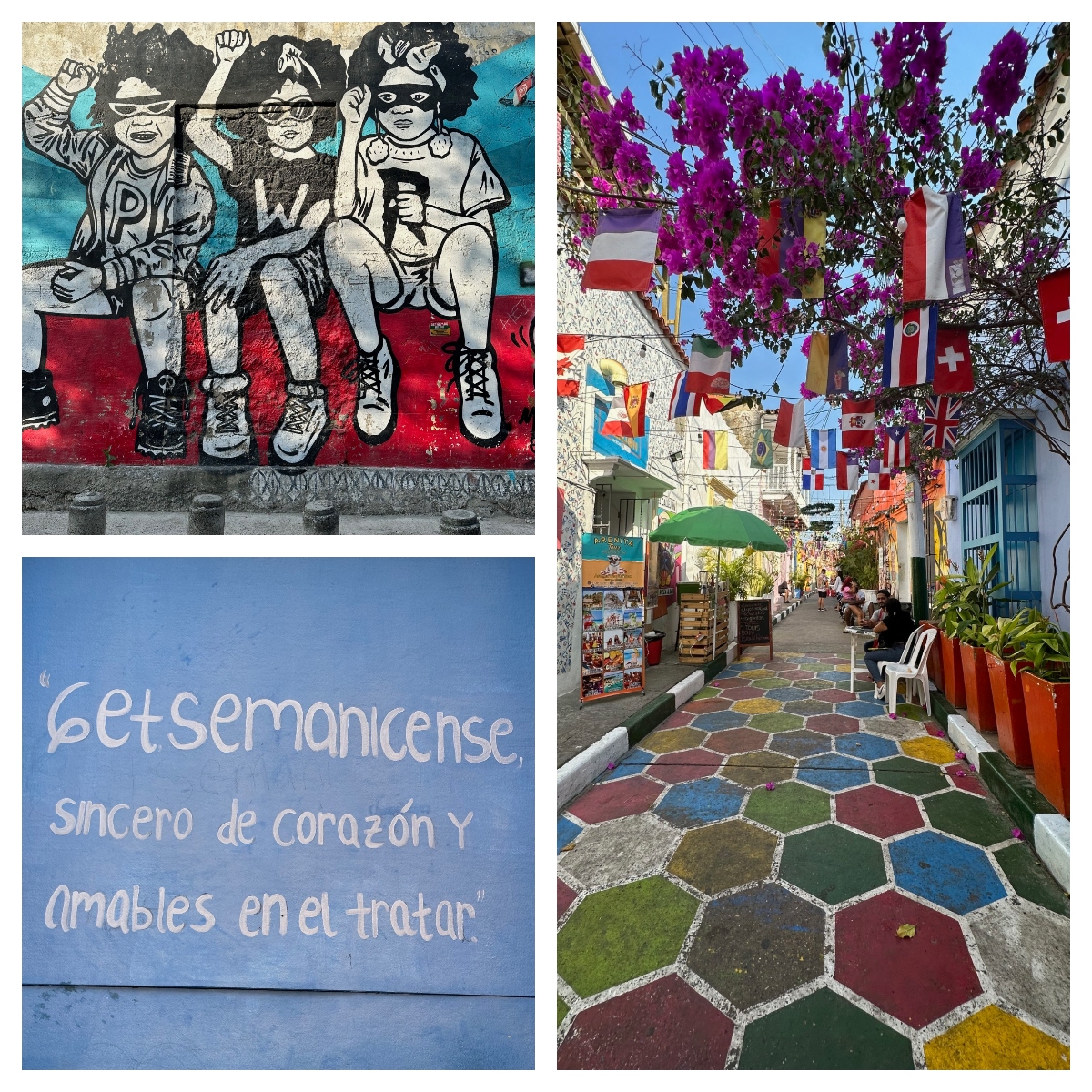
Getsemani Murals
A 10-minute walk south of the historic center, the edgy, bohemian Getsemani barrio is considered a creative quarter within the city, with many poets, artists and musicians living in the neighborhood. The streets are chockablock with colorful murals of birds and sea creatures; beautiful, expressive Afro-Caribbean women; and political messages. As you stroll, notice friendly, carefree locals chatting over beers and playing cards or dominoes along sidewalks — the sense of community is palpable. (It’s still most advisable to visit during daytime hours.)
Museo de Oro Zenú
Sister to the renowned Gold Museum in Bogotá, this recently refreshed, pint-size museum focuses on the indigenous Zenú people of northern Colombia, with a 500-piece collection of artifacts that serve as a glimpse into their lives and civilization. View clay pottery, intricate gold and silver jewelry, miniature figurines and more — the Zenú were master goldsmiths and artisans. Join the daily guided English tour at 11 am for greater context and history.
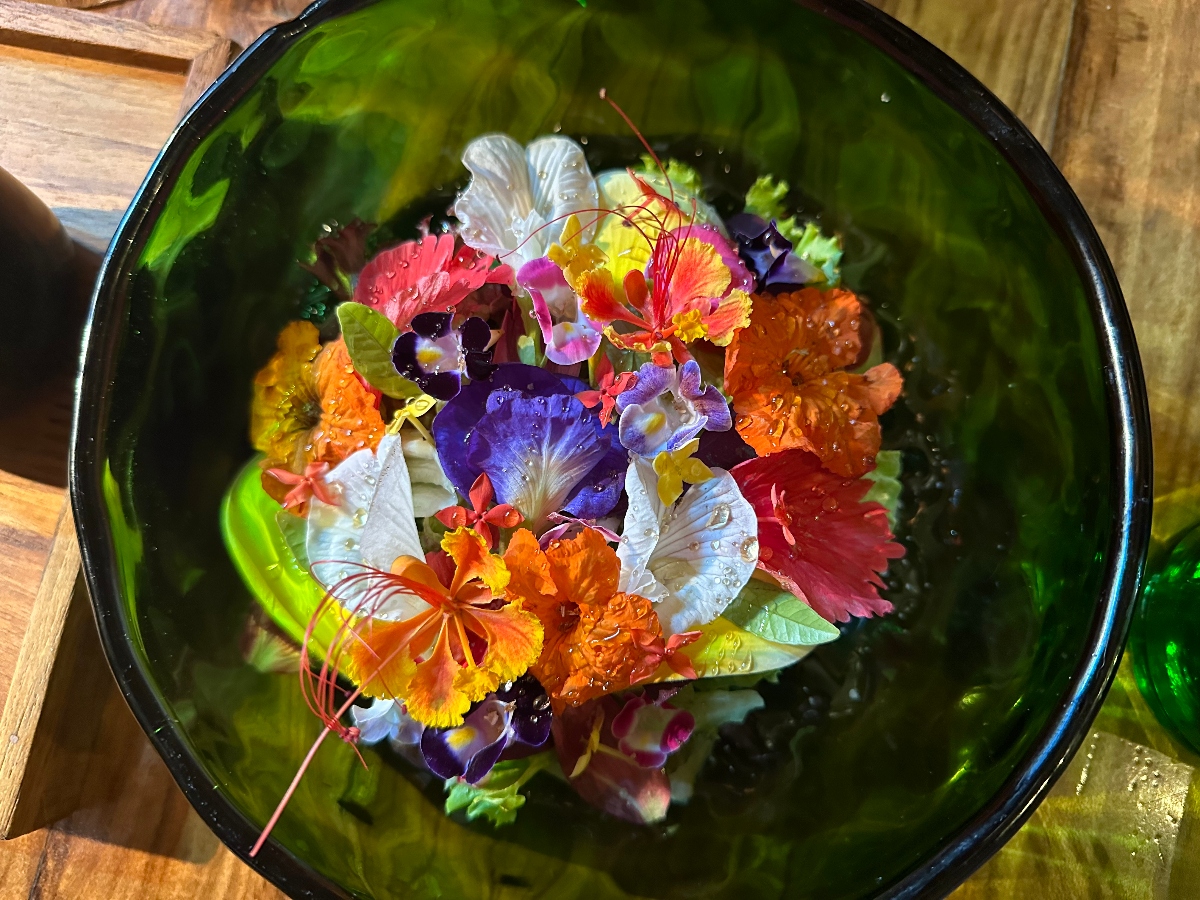
Where to Eat and Drink (and Dance Salsa!)
Celele
Listed among the 50 best restaurants in all of Latin America, this intimate venue, adorned with a mural of macaws and monkeys in the jungle, may seem casual at first, but there’s much more than meets the eye. Chef Jaime Rodriguez Camacho is nothing short of a magician determined to celebrate Colombia’s own biodiversity, with plenty of Caribbean nods. Among the standout dishes: an almost-too-pretty-to-eat Caribbean flower salad made with pickled cashew fruit, fresh greens and ginger.
Café Havana
A local institution that has since become world-famous (Hillary Clinton even popped by in 2012), this lively bar-cum-dance hall is the place to go for live salsa music and good vibes. Arrive early as it’s often crowded with a line out the door.
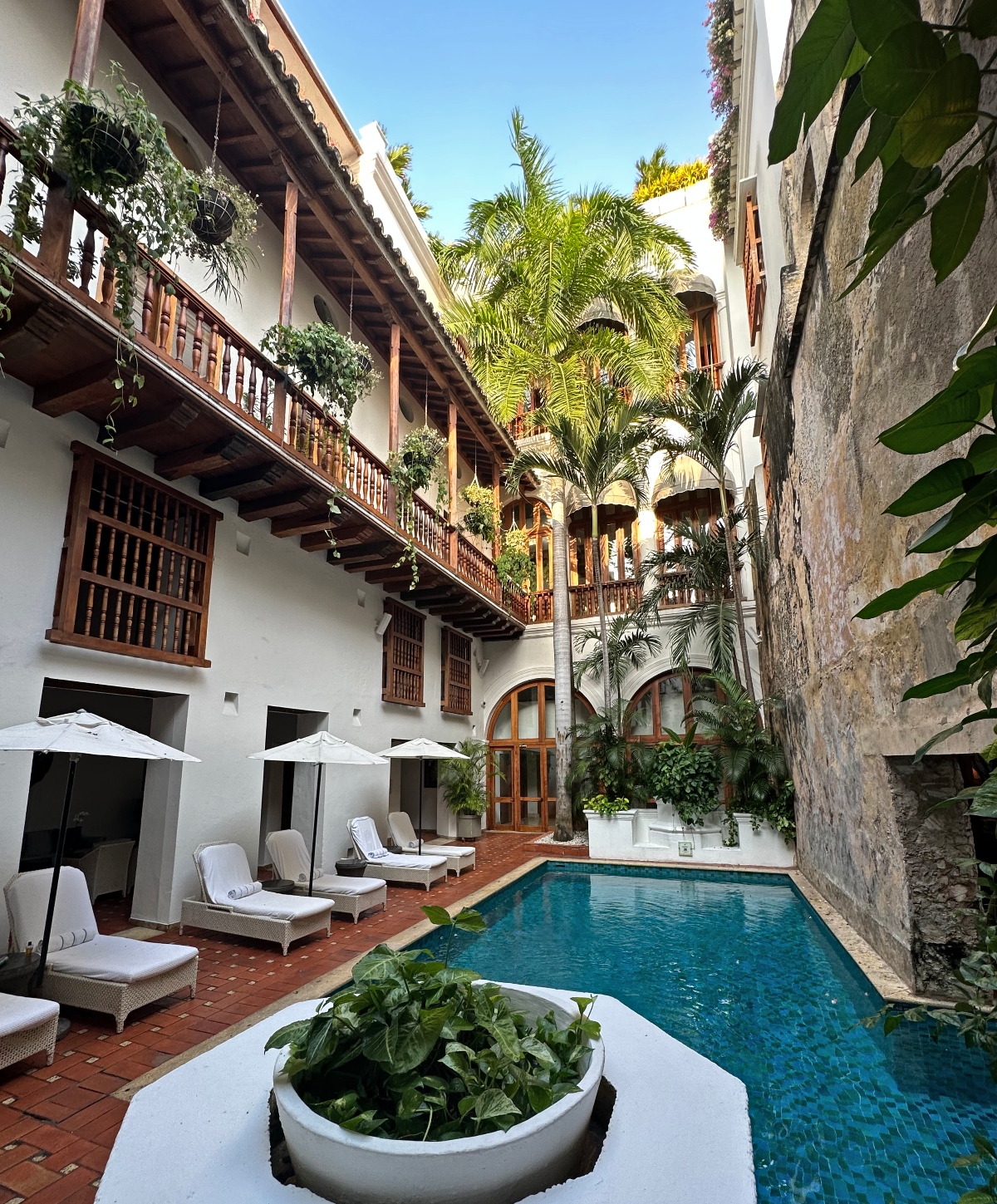
Where to Stay: Casa San Agustin
With 31 rooms divided among three historic colonial houses, this thoughtfully preserved hotel in the heart of the historic center is arguably the best in town. Sprawling room interiors feature wood beam ceilings, stone floors, beautiful period furnishings and tiled bathrooms. After a day of exploring, the central pool, which sits below the remains of an old aqueduct and is surrounded by lush greenery, is the ideal spot to cool off. Come evening, nurse a mojito and small bites on the patio of the hotel restaurant, Animare. The property also recently debuted a sister hotel, 16-room Casa Pestagua, just a few blocks away.
Relevant Links:
Browse all accommodations and activities in Colombia on Ciao Bambino
South America family travel 101: Our best insider tips
Need-to-know Machu Picchu travel tips for families
Essential tips for planning a trip to Argentina with kids
Essential tips for a Patagonia family vacation
Photos by Tanvi Chheda except where noted.
Editor’s note: This post was accurate when published. We advise checking independently for the latest information and updates. Ciao Bambino does not accept responsibility or liability for any errors or omissions in, or for any actions taken based on, the information presented.






 travel recommendations, inspiring adventures, and exclusive travel offers
travel recommendations, inspiring adventures, and exclusive travel offers